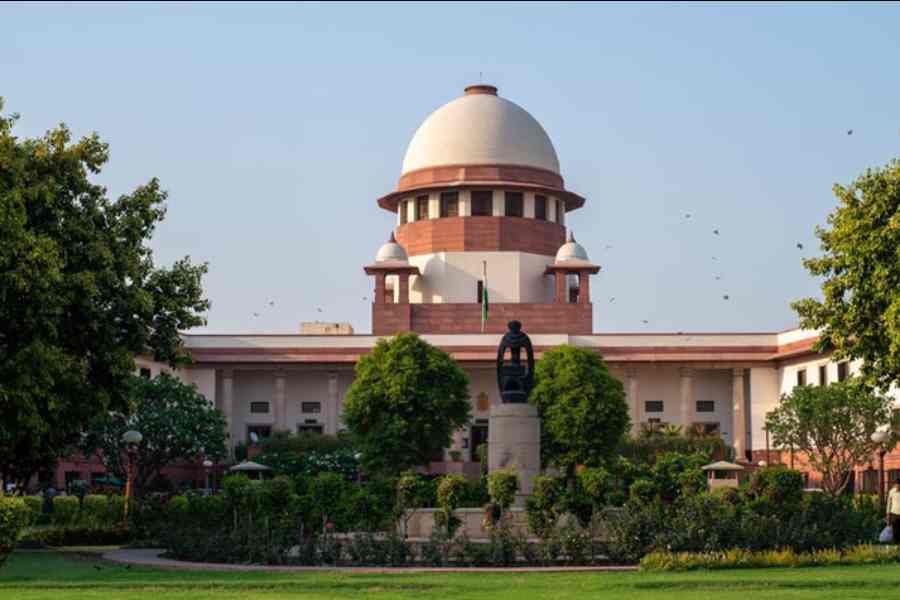The policy underlying the divorce law encourages reconsideration. This was a point brought out by the recent ruling of the Supreme Court on the six-month waiting period required by the Hindu Marriage Act after the first application for divorce in cases where both parties have consented to it. In a sensitive and nuanced judgment, the Supreme Court reportedly said that it could use its powers to ensure ‘complete justice’ bestowed on it by Article 142(1) of the Constitution to waive the six-month period in cases of irretrievable breakdown of a marriage if it were convinced that the union was emotionally dead and could not be salvaged. When reunion and cohabitation were clearly impossible, there was no point in prolonging the agony and misery of the estranged couple. This would not be a matter of right but discretion; the court listed a number of factors upon which it would base the waiver. Even here, the court took care to point out that the factors mentioned were illustrative, not fixed; each case was to be considered individually. The judgment is exemplary not just in its wisdom but also in demonstrating that the law was not meant to fetter suffering human beings to rigid procedure but only to ensure that every possibility of saving the marriage had been explored.
The approach of the law is conservative, although fair. In spite of its progressive provisions, the vision behind it assumes that a functioning marriage is the basis of a comfortable society. So the procedures tend to exacerbate the misery and increase litigations, while the delay in family courts adds to the time already prescribed. In this context, the reasoned and meticulously careful discretion introduced into the procedure upholds the spirit over the letter of the law. Children’s rights and custody, maintenance and alimony, too, must be settled to the satisfaction of the court: these painful and contentious issues are integral to divorce. The judgment gives lower courts the scope to apply their minds to each case. But no one should bypass the initial procedures in those courts to approach the Supreme Court directly under Article 32. At a time when the institution of marriage is changing almost beyond recognition, not least in losing its heteronormative associations, the Supreme Court’s judgment may help expand the horizon for family laws.











